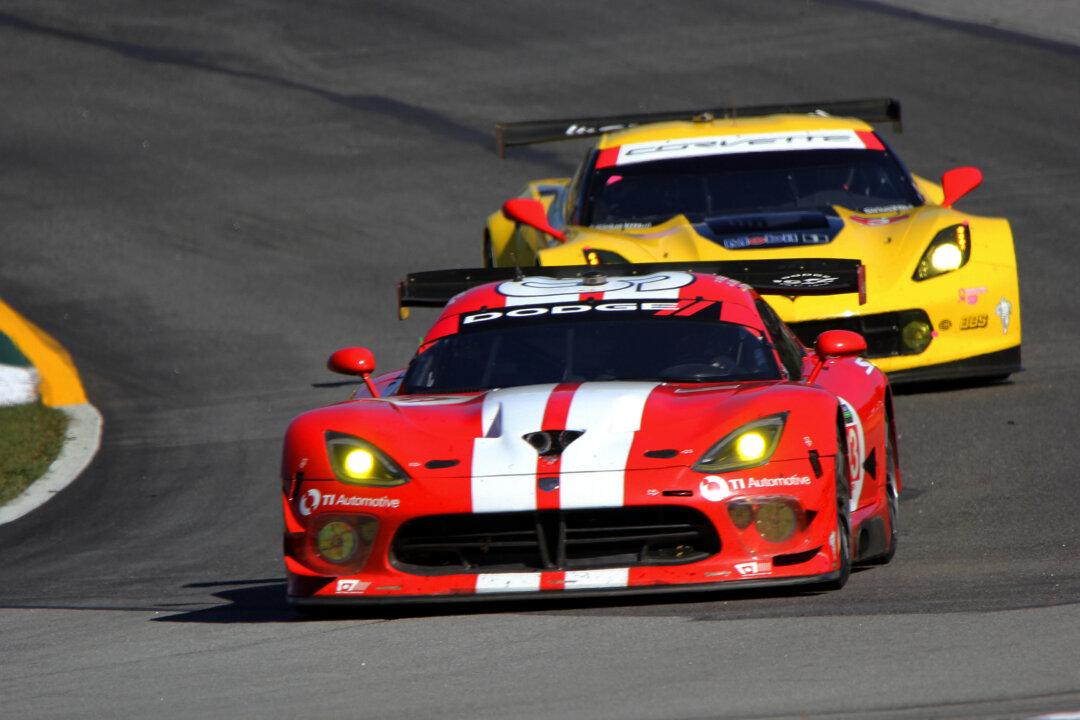DAYTONA, Fla.—The Tudor United Sports Car Series 2015 Roar Before the Rolex 24 starts Friday at Daytona International Speedway, giving fans a chance to see the cars and drivers which will compete throughout the 2015 season.
GT Le Mans class is probably the most popular of the series’ four classes, despite being far from the biggest. The class features highly modified versions of the street-legal sports car many fans aspire to own (or at least dream about owning.) Corvettes, Porsches, Ferraris, BMWs, and Astons battle to be the best production-based sports cars, displaying performance capabilities second only to the purpose-built race cars of the Prototype class.
GTLM is an all-pro class, and most of the teams are either directly factory-supported or receive unofficial technical support. Corvette Racing, Aston Martin Racing, BMW Team RLL, Porsche North America—these are the teams the manufacturers pick to represent them on the racing stage. AF Corse and Risi Competizione are long-time Ferrari surrogates—the factory doesn’t officially race in any series but F1, but it provides engineering and equipment assistance to these teams. Team Falken Tire also gets support, though less than the factory cars.
All these teams are supplied with factory drives—hand-picked pilots under contract to the factories to compete in top-tier GT series around the world.
IMSA has adjusted the Balance of Performance for 2015 to create more separation between classes. For the GTLM class this means more horsepower, and for some cars, less weight.






